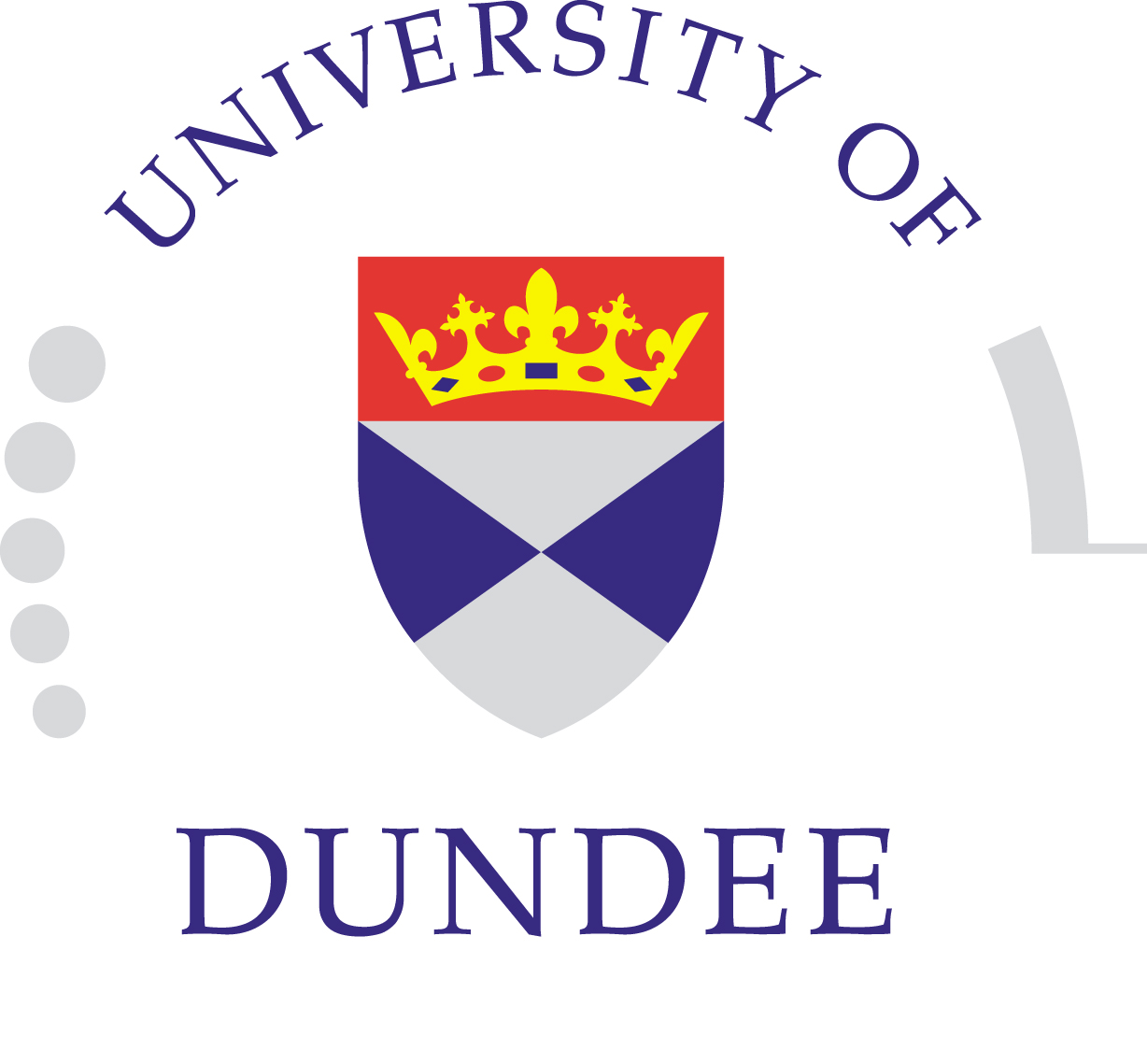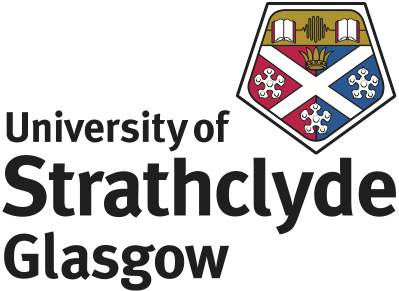








Scottish Numerical Methods Network 2018
Second workshop: ICMS, 16 May 2018
Multiscale Computational Modelling
Registration
10:00-10:15 Opening
10:15-11:00 Dugald Duncan (Heriot Watt)
Approximation of time domain boundary integral equations [abstract]
[slides]
11:00-11:45 Carole Morrison (Edinburgh)
The Big Bang Theory: Predicting Impact Sensitivities for Energetic Materials from First Principles [abstract]
11:45-12:30 Oliver Henrich (Strathclyde)
Mesoscopic Simulation of Flowing Topological Composite Materials [abstract] [slides]
12:30-14:30 Lunch break
14:30-15:15 Mariya Ptashnyk (Heriot Watt)
Multiscale modelling, analysis and simulations of intercellular signalling processes in biological tissues [abstract] [slides]
15:15-16:00 John Pearson (Edinburgh)
PDE-Constrained Optimization in Physics, Chemistry & Biology: Modelling and Numerical Methods [abstract] [slides]
Discussion
This is an open meeting. If you are interested in attending this meeting, please email Ben Goddard for more information about possible support for travel and accommodation.
Travel information is here.
Abstracts:
Dugald Duncan, Approximation of time domain boundary integral equations
Time domain boundary integral equations (TDBIEs) are used to model time dependent wave scattering from surfaces in an infinite, homogeneous medium. We concentrate on the acoustic scattering case. The solution can be reconstructed anywhere in space and time in terms of a potential which is computed only on the surface. The approximation of the time dependent surface potential by numerical methods is expensive and sensitive to stability issues, but it can be cheaper than solving the wave equation in a very large space domain. We describe a method using a ``backward-in-time’’ collocation approximation coupled with Galerkin in space, describe its relationship with Volterra integral equations, and its connections to other approaches for TDBIEs such as full space-time Galerkin and convolution quadrature.
This is joint work with Penny Davies, Strathclyde.
Carole Morrison, The Big Bang Theory: Predicting Impact Sensitivities for Energetic Materials from First Principles
Impact sensitivity – literally a measure of how hard you need to hit a material to cause detonation – is an important material property in the design of safer energetics. It is a difficult measurement to reliably record, however, as it depends on sample purity, crystal morphology, humidity, temperature, and operator experience. We therefore set ourselves a modelling challenge to see if it is possible to predict impact sensitivity using just the crystal structure and density functional theory.
Clues from papers published in the early 1990’s suggested shock-induced detonation follows a vibrational ‘up-pumping’ model.1-3 Here the impact shock wave couples with lattice phonon bath modes to propagate energy into localized vibrational modes, thus triggering bond stretching (and by extension bond breaking) to induce detonation. This early work was mostly based on inelastic neutron scattering or Raman data of low resolution. Instead we have applied plane-wave density functional theory to simulation full phonon dispersion curves for a range of energetic compounds. This simulated data has allowed us to more fully investigate the vibrational up-pumping process.
Work now undertaken on a test set of energetic azide compounds suggests that impact sensitivity is a predictable quantity. This has very promising application in rational design of energetic materials with controllable impact sensitivities.
This is joint work with A. Michalchuk, P. Fincham, P. Portius and C. Pulham.
[1] D. D. Dlott and M. D. Fayer, J. Chem. Phys., 1990, 92, 3798.
[2] J. R. Hill, E. L. Chronister, T.C. Chang, H. Kim, J. C. Postlewaite and D. D. Dlott, J. Chem. Phys., 1988, 88, 949.
[3] K. L. McNesby and C. S. Coffey, J. Phys. Chem. B., 1997, 101, 3097.
Oliver Henrich, Mesoscopic Simulation of Flowing Topological Composite Materials
Soft condensed matter is an interdisciplinary field at the interface of physics, chemistry and biology. It comprises an impressive variety of materials that we know from our everyday lives, for instance colloidal suspensions, glasses, amphiphilic mixtures, polymeric liquids, foams, gels, granular matter, liquid crystals, and a vast number of biologically relevant substances.
All these materials share the common feature that their generic physical behaviour occurs at energy scales that are comparable to thermal energies at room temperature, which is why we call them ‘soft’. As deformability often entails flow, hydrodynamics plays a particularly important part in their dynamical behaviour. Another characteristic feature of soft matter is its tendency to self-assemble into more complex structures on intermediate time and length scales that are well above the molecular level, but also much smaller than the macroscopic lab scale. Both aspects have led to the development of specialised, mesoscopic simulation methods for soft matter.
Starting from Landau’s phenomenological theory of a binary, phase-separating fluid, I will outline a thermodynamically consistent description of complex fluids that is based on so-called free energy models. I will also introduce into the lattice Boltzmann method, which solves a discretised version of the Boltzmann equation from statistical mechanics. These concepts will be applied to study the rheological behaviour of novel topological composite materials that consist of nanoparticle suspensions in liquid crystal host phases. These materials have great potential for tuneable optical filters and encryption devices.
Mariya Ptashnyk,Multiscale modelling, analysis and simulations of intercellular signalling processes in biological tissues
In order to better understand development, growth and remodelling of biological tissues and organs a better understanding of interactions between cells in a tissue is required. Essential parts of communications between cells, as well as cell responses to external and internal stimuli, are governed by intercellular signalling processes. In this talk we consider derivation and analysis of mathematical models for cellular signalling processes on the level of a single cell. A coupled system of nonlinear bulk-surface partial differential equations is used to model the dynamics of signalling molecules in the inter- and intra-cellular spaces and of cell membrane receptors. Using multiscale analysis techniques we derive a macroscopic two-scale model for signalling processes defined on the tissue level. Two-scale numerical method is developed and implemented for simulations of the macroscopic bulk-surface problem. The nonlinear coupling between microscopic and macroscopic scales induces formation of patterns in the dynamics of solutions of the macroscopic model for cellular signalling processes, which may correspond to heterogeneity in cellular response mechanisms.
John Pearson, PDE-Constrained Optimization in Physics, Chemistry & Biology: Modelling and Numerical Methods
PDE-constrained optimization problems involve minimizing some objective function arising from a scientific process, while at the same time obeying a system of PDEs which describes the process. These problems have a wide variety of applications across numerical mathematics and the applied sciences, so it is important to develop fast and feasible methods to obtain accurate solutions. We derive mathematical models for such formulations, and employ preconditioned iterative methods to tackle the large and sparse matrix systems that arise from their discretization. To highlight the vast range of mechanisms which may be examined within a PDE-constrained optimization framework, we outline applications in physics (fluid flow control), chemistry (reaction-diffusion equations modelling chemical processes), and biology (pattern formation and bacterial chemotaxis).
Local organiser:
Ben Goddard